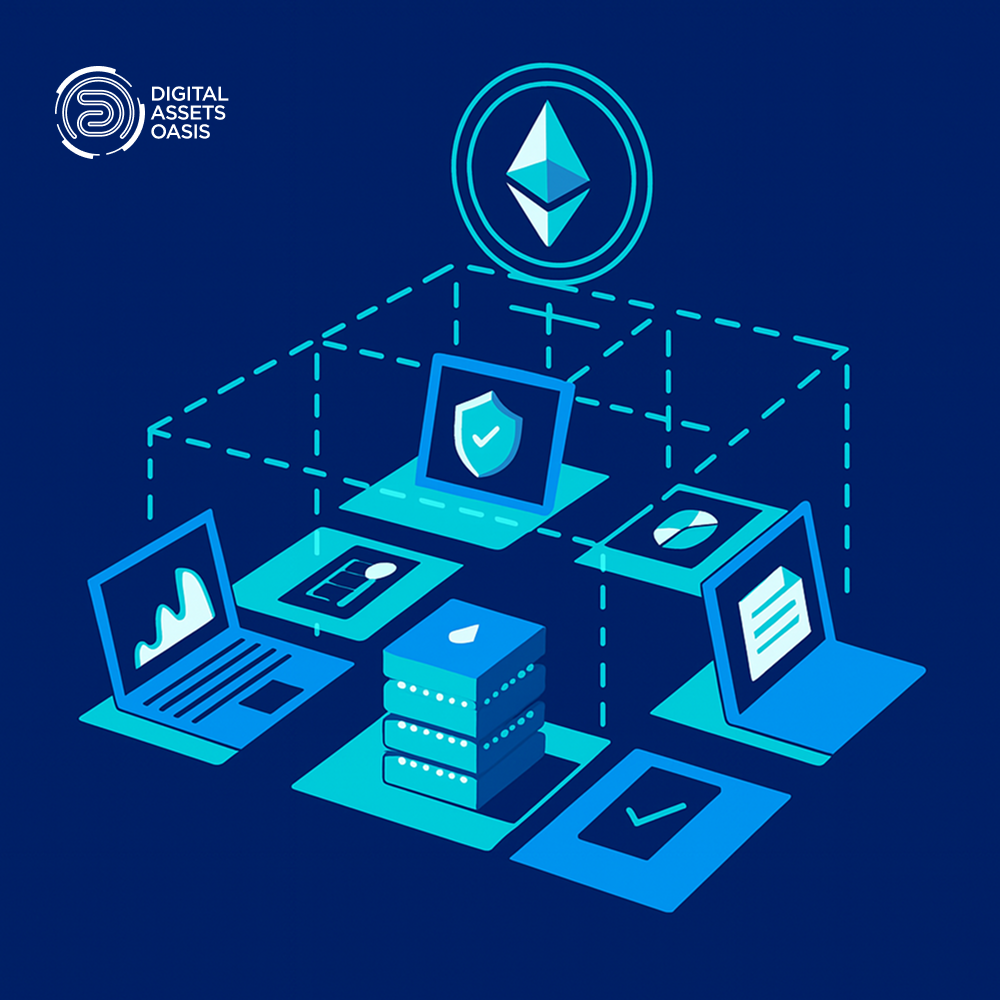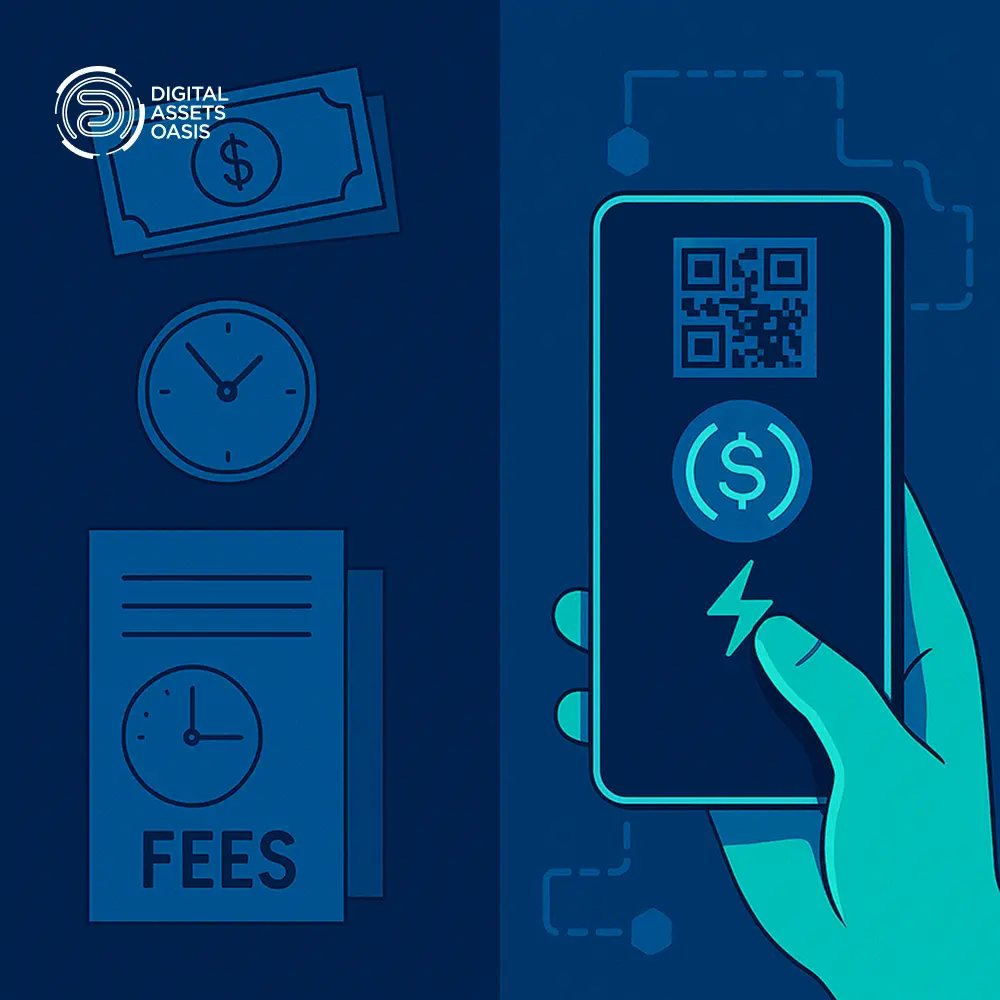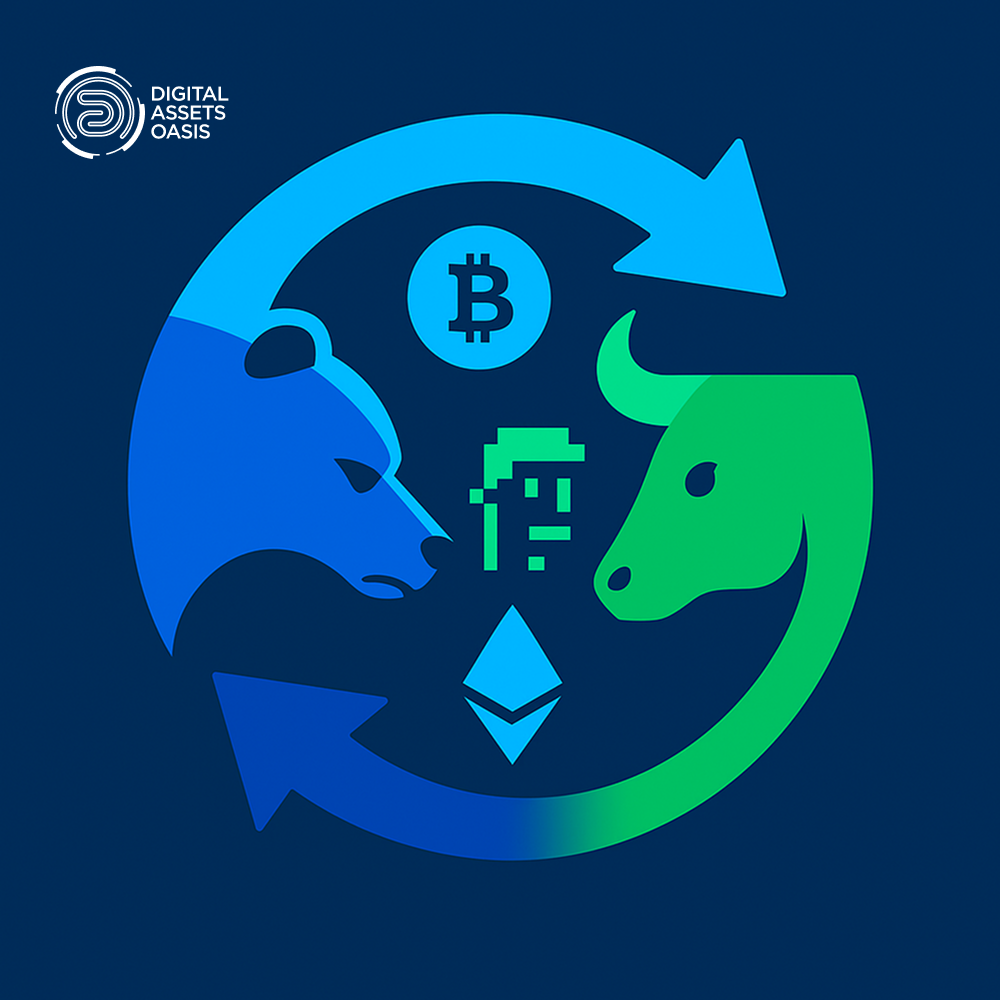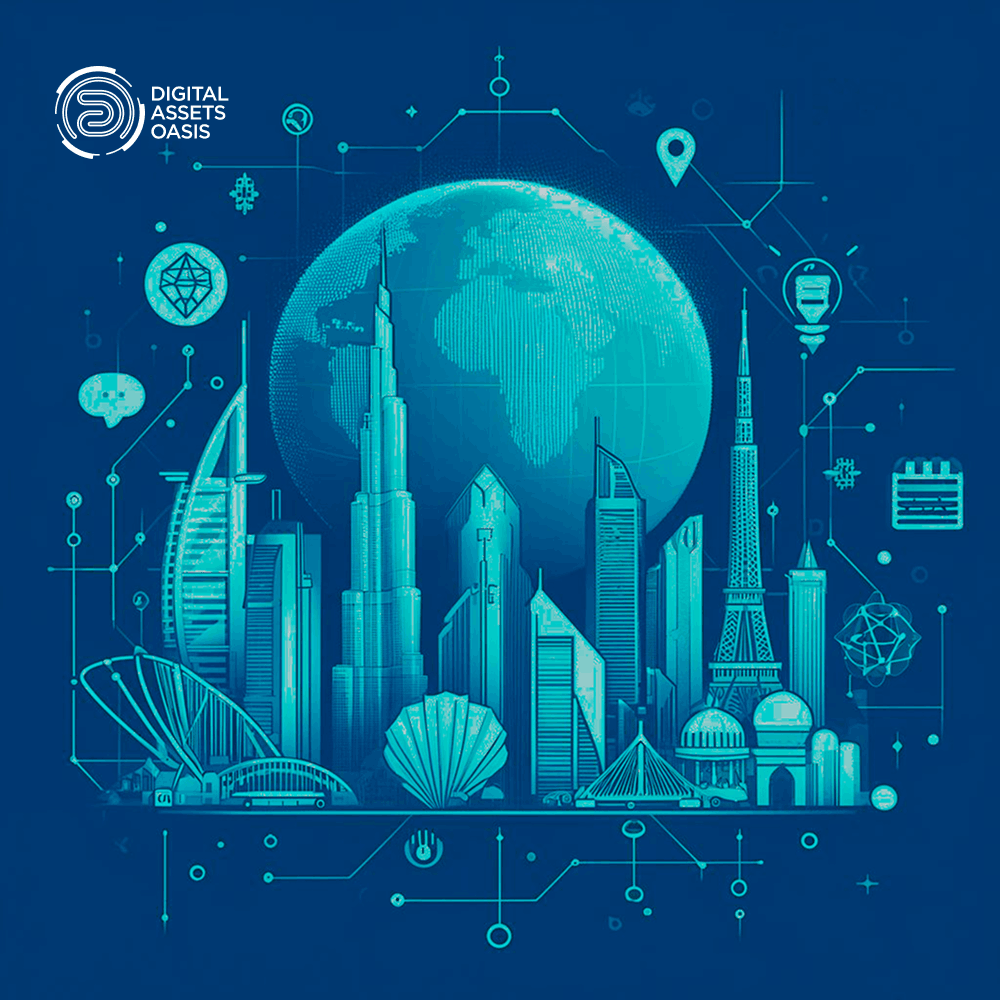While often mentioned together, the Web3 and metaverse are distinct concepts. Web3 focuses on decentralization and user ownership in the online world, utilizing technologies like blockchain and cryptocurrencies. The metaverse refers to a network of immersive virtual worlds for social interaction, gaming, and other activities. However, Web3 technologies like digital identities and asset ownership hold great potential to empower users and shape the future of the metaverse.
Web3 Metaverse 2024: Beyond the Hype, A Vision for Decentralized Worlds
Coined by Neal Stephenson in Snow Crash (1992), the term 'metaverse' described the interaction between humans as programmable avatars and other software agents in a 3D virtual space. His description remains accurate in 2024; however, what he envisioned is far better as modern technology improves the metaverse by introducing the Web3 metaverse.
In this blog post, we will delve into the nuances of Web3 and the metaverse, exploring their differences and how they harmoniously work to shape the future of immersive digital experiences.
A Perfect Match-Up? Web3 vs Metaverse Technologies
Beyond the buzz, Web3 and the metaverse are forming a fresh application layer for the internet. But what are they?
What is the Metaverse?
The metaverse is a vast virtual universe where users can interact with a computer-generated environment and other users in real time. It goes beyond augmented reality, creating immersive experiences through virtual land ownership and development.
Today, people socialize using worldwide networks, changing how they look by applying augmented reality filters that can recognize and react to faces, enveloping themselves in virtual avatars, purchasing virtual clothes and attending virtual concerts held within these virtual worlds.
Across generations, many have become accustomed to digital interactivity and global connectivity. They engage with the virtual and bring it into the physical world. However, the privacy scares following digital interactions are increasing the demand for decentralized solutions envisioned by the Web3 metaverse.
The Rise of Web3
Web3, often touted as the internet's next iteration, represents a fundamental change in how we interact with the online world. Here are crucial aspects differentiating Web3 from its predecessors:
- Decentralization: Web3 aims to create a decentralized web, shifting away from the centralized models dominating the current internet. This decentralized approach enhances security, transparency, and user control.
- Blockchain Integration: At the core of Web3 is blockchain technology, the same technology powering cryptocurrencies. The integration ensures trustless transactions, immutability and enhanced privacy.
- Smart Contracts: Web3 facilitates the use of smart contracts, self-executing contracts with the terms of the agreement directly written into code. Smart contracts automate processes, reducing the need for intermediaries.
Web3 and the metaverse are a perfect match as Web3's decentralized infrastructure provides the security and transparency crucial for the metaverse's immersive experiences. The collaboration allows for the seamless integration of decentralized identities, tokenized assets and smart contracts, creating a robust foundation for a connected, secure and vibrant digital universe.
Changing the Dynamics of Influence in the Web3 and Metaverse Story
As leading platforms pivot toward the metaverse, agile developers leverage the power of Web3 protocols, ushering in a new era of interconnected experiences. Inspired by the skill of these creators, Web3-native metaverse endeavors are flourishing, driven by decentralized autonomous organizations (DAOs) and blockchain-based principles.
Web3's Impact on Power Shifts
- Distribution of Power: Web3 facilitates the decentralization of power and capital and fosters a more equitable distribution. More developers and creators have the freedom to build dominant marketplaces and gateways, challenging the conventional concentration of influence.
- Eruption of Visionary Creators: The next generation of the metaverse could be shaped by the eruption of visionaries capitalizing swiftly on change. Cycles of NFTs and crypto, enabled by Web3 foundations, fuel innovation, scaling and testing in dynamic market conditions.
- Lessons for Growth: The boom-and-bust cycles provide a learning ground for design and implementation, supporting the next growth curve. Web3's functional foundations enable the scaling of new commercial applications, ensuring lessons learned pave the way for sustained evolution.
The Expected Industry Effects of the Web3 Metaverse in 2024
- Capitalizing on Change: Developers leverage Web3 protocols to create the next generation of metaverse experiences. Drawing substantial capital, they craft immersive virtual worlds using blockchain, fostering portability and interoperability.
- Tokenized Incentives: DAOs within the Web3 and metaverse sphere issue tokens, aligning users and owners toward shared outcomes. These tokens and smart contracts establish automated rule sets governing network actions and growth.
- Decentralized Leadership: DAOs operate as semi-automated tribes, blurring the lines between computers and social networks. Leadership, often distributed among stakeholders holding significant token stakes, challenges traditional notions of centralization versus decentralization.
Now, creators need more than just ideas; they need an environment that allows them to actualize those ideas. RAKDAO stands as a beacon for Web3 entrepreneurs, striving to deliver support and resources for their success.
RAK DAO: Creating an Enabling Environment for Visionary Developments in Web3 and the Metaverse
RAK DAO's main objective is to establish an ecosystem that fosters innovation and supports the growth of Web3 entrepreneurs. Here's how RAK DAO paves the way:
- Connection Hub: RAK DAO serves as a dynamic aggregator, bringing together trusted members of the Web3 ecosystem. This interconnectedness fosters collaboration and idea exchange.
- Regulatory Framework: Regulatory clarity is essential for creators to focus on innovation rather than navigating complex legal landscapes.
- Access to Funding: Entrepreneurs within the RAK DAO ecosystem receive more than just a physical space; they access an extensive network of local and international investors. This financial support is crucial for turning innovative ideas into reality.
Enabling Innovation by Creating a Conducive Environment
RAK DAO is not just a physical space; it's an idea—an idea that creators need more than just a workplace; they need an ecosystem that believes in their potential. By providing a supportive environment, RAK DAO empowers Web3 entrepreneurs to shape the future of the digital world.
FAQs
Web3-metaverse-vision-2024
Currently, not all metaverse platforms are built on Web3 principles. Meta's Horizon Worlds operates with centralized control and traditional currencies. However, several Web3-powered metaverses are emerging, offering users greater ownership over their data, assets, and experiences.
A Web3 metaverse could offer several advantages:
- Decentralization: Users own their data and assets, reducing reliance on centralized platforms and corporations.
- Interoperability: Seamless movement of avatars and assets between different virtual worlds.
- Secure transactions: Blockchain technology facilitates secure and transparent transactions for goods and services.
- Democratic governance: Communities can participate in decision-making and shape the future of the metaverse.
While promising, a Web3 metaverse faces challenges:
- Technical limitations: The scalability and interoperability of blockchain technology need further development.
- User adoption: Educating users about Web3 concepts and building user-friendly interfaces is crucial.
- Regulation: Clear legal frameworks regarding digital assets and virtual economies are needed.
The convergence of Web3 and the metaverse holds immense potential for reshaping the internet and digital experiences. While challenges remain, continuous development and collaboration will create a decentralized, user-centric future where virtual and physical worlds converge.




